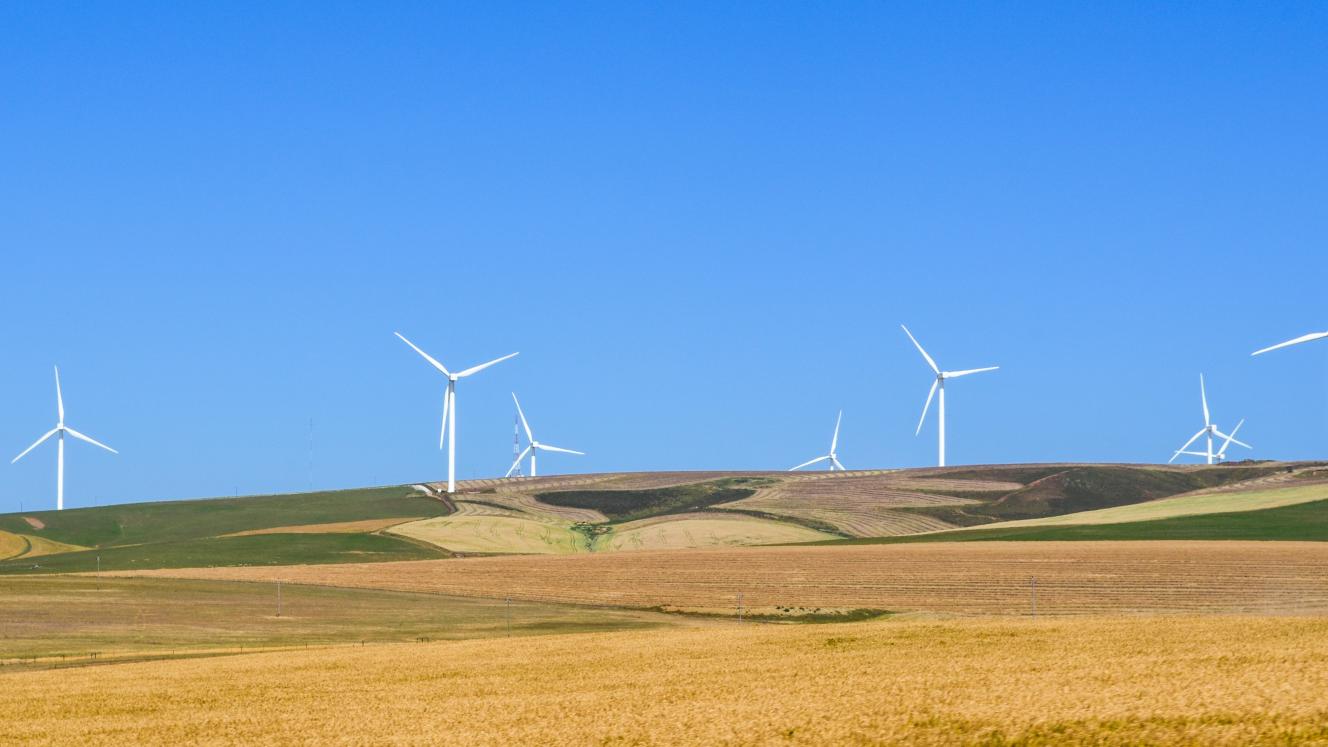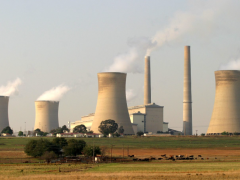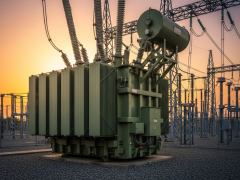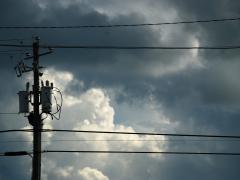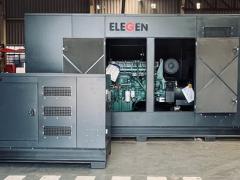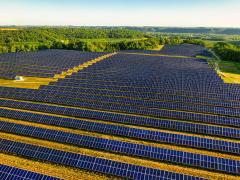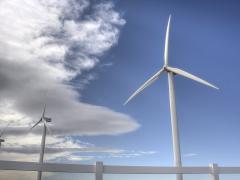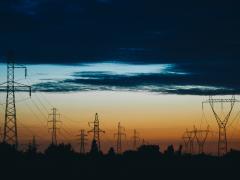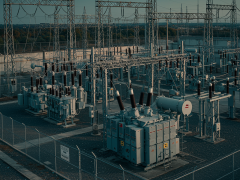The South African Wind Energy Association (SAWEA) has launched an entry-level wind turbine operator course to connect school leavers and unemployed youth to career opportunities in the wind power sector.
The National Qualifications Framework Level 3 Wind Turbine Operator Skills Programme, developed by SAWEA’s Social Impact Standing Committee, was recently approved by the Quality Council for Trades and Occupations. It is aimed at new entrants with no prior technical experience, and is backed by bursary and grant support through the Energy and Water Sector Education and Training Authority.
The programme was created in response to persistent barriers to entry, including training costs and limited pathways for young people, SAWEA said. “This newly approved programme serves as an entry-level qualification, offering a practical and accessible route into the wind energy industry.”
The programme forms part of a broader set of initiatives to support the just energy transition. According to job projections referenced by SAWEA, the wind industry could generate between 22 300 and 35 700 jobs by 2030, particularly in construction and end-of-life phases. “Additionally, the Integrated Resource Plans (IRP2023 and IRP2024) project the deployment of 69 GW to 76 GW of wind energy capacity by 2050, potentially supporting up to 340 000 jobs,” the association said.
SAWEA reports rising demand for its Wind Industry Internship Programme. More than 5 000 applications were received for the 2025 intake – up sharply from 256 the year before. Despite this, only 53 interns were placed in 2025, compared to 29 in 2024, the association said.
“This trend underlines the need for greater industry support and collaboration to expand such initiatives.” SAWEA has called for more coordinated sector engagement in line with the Skills Development Act, which promotes workplace-aligned occupational qualifications.
Mpumalanga case study
The province of Mpumalanga, historically a coal-fired power stronghold, has become a test case for renewable energy workforce planning, SAWEA said. “With 3,3 GW of available grid capacity and additional capacity anticipated from decommissioned coal plants by 2030, the province is well-positioned for large-scale renewable energy projects.”
However, SAWEA cautioned that employment creation will depend on the success of targeted reskilling efforts and the resolution of environmental and land-use issues. “The transformation underway in Mpumalanga demonstrates the importance of strategic planning. Skills development must be prioritised to ensure an inclusive transition.”
